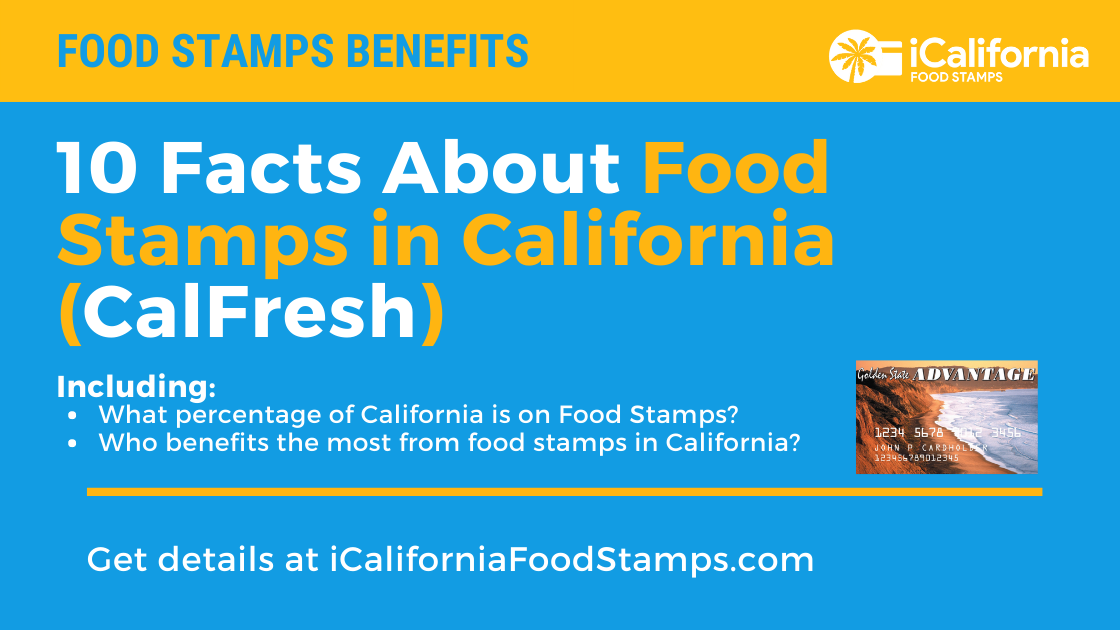Plant Food vs Fertilizer: What Every Gardener Needs to Know for Healthy Growth
Introduction: Understanding Plant Nutrition
When cultivating healthy plants, the terms plant food and fertilizer are often used interchangeably. However, understanding their differences is crucial for gardeners, homeowners, and anyone seeking robust plant growth. Misconceptions can lead to over-fertilization, poor plant health, or unnecessary spending. In this guide, you’ll learn the science behind plant nutrition, how plant food differs from fertilizer, and how to make informed choices for your specific gardening needs. We’ll provide real-world examples and step-by-step instructions to help you achieve lush, thriving plants, whether indoors or outdoors.
What is Plant Food? The Role of Photosynthesis
Plant food, in the strictest sense, refers to the sugars and organic compounds a plant produces through photosynthesis . Plants absorb water from the soil and carbon dioxide from the air, then use sunlight to convert these raw materials into glucose-their primary source of energy and growth. This process is entirely natural and occurs within the plant’s leaves. For example, a peace lily placed in a bright room will use sunlight, water, and carbon dioxide to manufacture its own food, even if you never add commercial products to the soil [1] .
It’s important to note that plants do not eat in the way animals do. Instead, they
create
their own nourishment internally. This means that the term “plant food” often refers to the results of this natural process-compounds like sugars, amino acids, and starches that fuel growth, flowering, and fruiting
[2]
.
What is Fertilizer? The Supplementary Source of Nutrients
Fertilizer is a commercial product that provides essential macronutrients and micronutrients to plants. These nutrients-primarily nitrogen (N) , phosphorus (P) , and potassium (K) -are vital for specific plant functions, such as leaf growth, root development, and reproductive health. Fertilizers often supplement what’s missing in your soil, ensuring that plants have access to all necessary elements for optimal photosynthesis and growth [2] .

Source: infinitylearn.com
Fertilizers come in many forms, including granules, powders, liquids, and spikes. They can be organic (derived from natural materials like compost or manure) or synthetic (manufactured with specific nutrient ratios). For example, if a vegetable garden’s soil tests low in nitrogen, applying a balanced fertilizer can help restore plant vigor and boost harvest yields. However, fertilizer does not directly feed the plant-it provides the raw minerals plants need to produce their own food [3] .
Plant Food vs Fertilizer: Key Differences Explained
The main distinction is that plant food is created by the plant through photosynthesis, while fertilizer is an external supplement added to soil or water. Here’s a breakdown of their differences:
- Origin: Plant food is generated inside the plant; fertilizer is manufactured or derived from external sources.
- Function: Plant food is the end product (sugars and organic compounds); fertilizer supplies the minerals necessary for plants to make their own food.
- Application: Plant food is not sold as a product; fertilizer is available commercially in various forms for gardeners to use [1] .
- Role in Growth: Fertilizer addresses soil deficiencies; plant food powers plant metabolism and development.
It’s common for gardening labels to use the term “plant food” to refer to fertilizer products, which leads to confusion. In reality, these products are fertilizers that provide nutrients, not actual food for the plant [5] .
Practical Steps: How to Use Fertilizer Effectively
To ensure healthy plant growth, you can follow these step-by-step instructions:
- Test Your Soil: Use a home soil test kit or send samples to a local extension service to determine nutrient levels. This helps you identify deficiencies and choose the right fertilizer.
- Select the Right Fertilizer: Choose a product based on your plant’s needs. For example, leafy vegetables benefit from higher nitrogen, while flowering plants may need more phosphorus.
- Apply According to Instructions: Follow package directions carefully. Over-fertilizing can harm plants and cause nutrient runoff, while under-fertilizing may result in poor growth.
- Water Appropriately: Fertilizer needs to be dissolved in water to reach plant roots. After applying granules or powders, water the area thoroughly.
- Monitor Plant Health: Observe changes in color, leaf size, and flowering. If plants show signs of stress, adjust your fertilization routine or consult local gardening experts.
For organic gardening, consider composting kitchen scraps and yard waste to create a nutrient-rich amendment for your garden beds. Compost adds both macronutrients and beneficial microbes, contributing to soil health and plant vitality [3] .

Source: vaniperen.com
Real-World Example: Indoor Plants vs Outdoor Gardens
Consider a common scenario: growing houseplants such as pothos or snake plants indoors. These plants rely heavily on the potting mix provided by the grower. Over time, nutrients in the soil are depleted as the plant uses them to create its own food. Supplementing with a balanced houseplant fertilizer every 4-6 weeks can replenish essential minerals and maintain healthy growth. In contrast, outdoor garden beds may receive nutrients naturally from decaying leaves, mulch, and compost, but periodic fertilization is still recommended for best results [1] .
Common Challenges and Solutions
Gardeners often face several challenges when using fertilizers:
- Over-fertilization: Excessive nutrients can lead to root burn, salt buildup, or environmental pollution. Solution: Test soil regularly and use slow-release formulations for steady nutrient delivery.
- Mislabeling: Many commercial products labeled “plant food” are actually fertilizers. Solution: Read labels carefully and understand ingredient lists.
- Soil Imbalance: Some soils may have too much of one nutrient and too little of another. Solution: Use soil amendments and rotate planting sites to maintain balance.
If you’re unsure which product to use or how often to fertilize, local cooperative extension offices offer valuable guidance. Search for your state’s agricultural extension service to access region-specific advice from certified horticulturists.
Alternative Approaches to Plant Nutrition
Besides commercial fertilizers, you can support plant health through several alternative methods:
- Organic Matter: Regularly add compost or well-rotted manure to your garden beds to boost nutrient content and soil structure.
- Cover Crops: Planting legumes like clover or vetch can naturally add nitrogen to the soil through symbiotic relationships with bacteria.
- Mulching: Applying leaf mulch, straw, or wood chips conserves soil moisture and slowly releases nutrients as they decompose.
For urban gardeners or those with limited space, hydroponic and aquaponic systems offer innovative ways to deliver nutrients directly to plant roots without soil. These methods require precise control of nutrient solutions, making them ideal for experimental or high-yield growing environments.
How to Access Plant Nutrition Resources
To further support your gardening efforts, you can:
- Contact your local agricultural extension office (search for “[Your State] Cooperative Extension”) for free soil testing and fertilization recommendations.
- Visit reputable garden centers and ask staff for advice on appropriate products for your specific plant types.
- Consult university horticulture departments or master gardener programs for up-to-date research and community workshops.
- Search for online guides from established gardening organizations, such as the National Gardening Association or American Horticultural Society, for detailed instructions.
When seeking products, avoid the temptation to buy based solely on marketing claims. Instead, choose fertilizers based on the unique needs of your garden and the results of soil testing.
Conclusion: Choosing the Right Approach for Your Plants
Understanding the distinction between plant food and fertilizer empowers you to make informed choices for your plants’ health. Remember, plant food is created by the plant itself through photosynthesis, while fertilizer is a supplemental tool to ensure all necessary nutrients are available. By following best practices-testing your soil, using fertilizers judiciously, and incorporating organic matter-you can cultivate vibrant, productive plants indoors or out. For tailored advice, leverage the resources of local extension services or university horticulture programs. Sustainable gardening starts with knowledge and careful observation-equipping you for success in any growing environment.
References
- [1] Greenway Biotech (2022). How Plant Food is Not the Same as Plant Fertilizer.
- [2] NutriHarvest (2024). Plant Food vs. Plant Fertilizer: What’s the Difference?
- [3] Green Side Up Gifts (2024). Understanding the Difference Between Plant Food and Fertilizer.
- [4] Everything Exterior (2025). Fertilizer vs Plant Food: A Guide to a Thriving Lawn.



